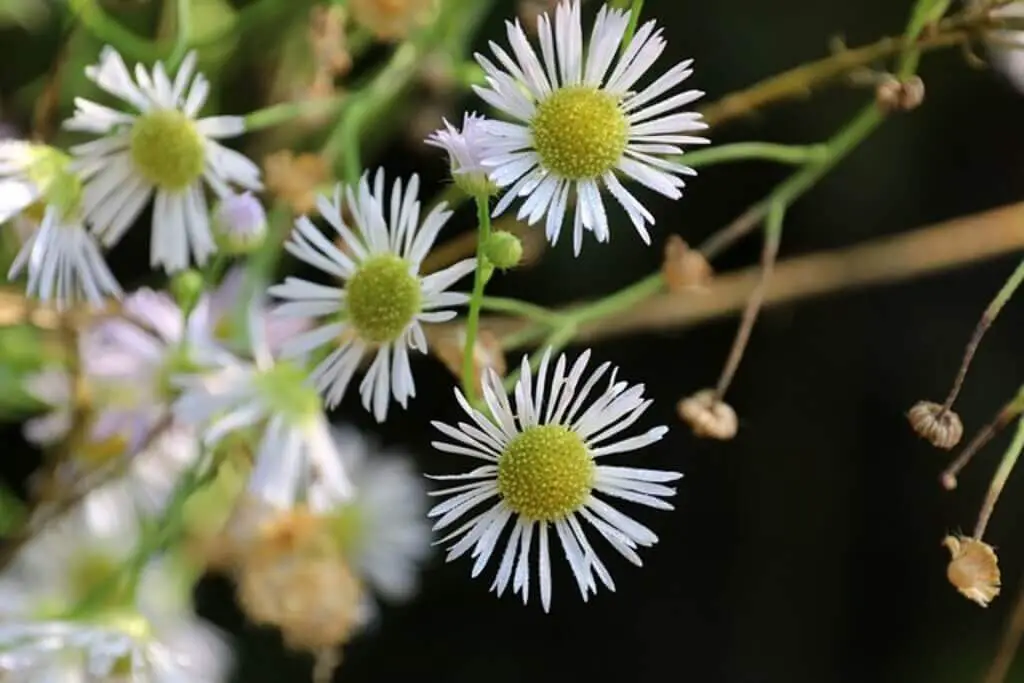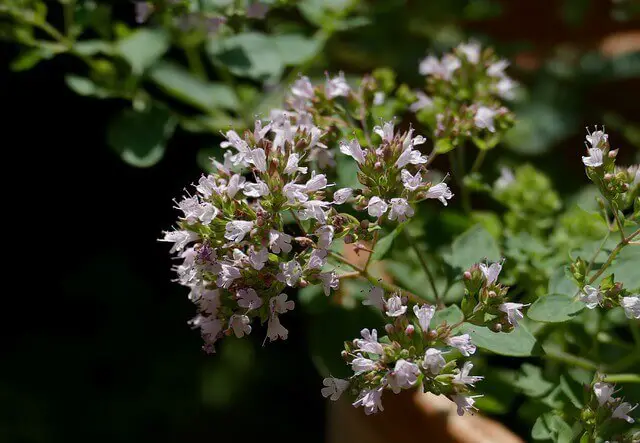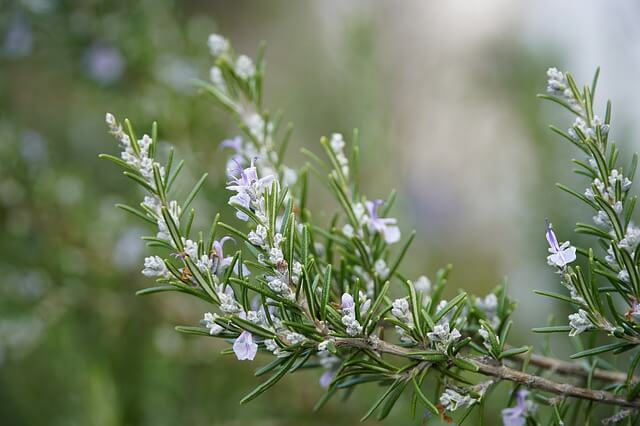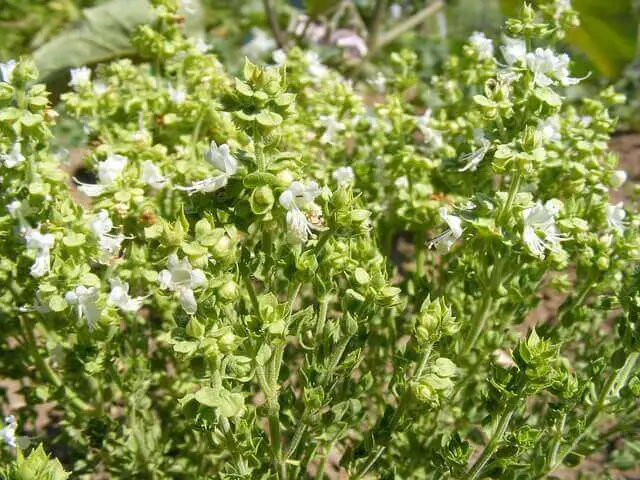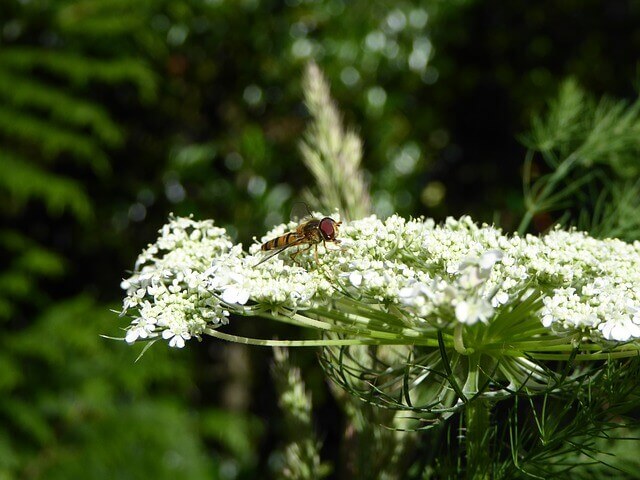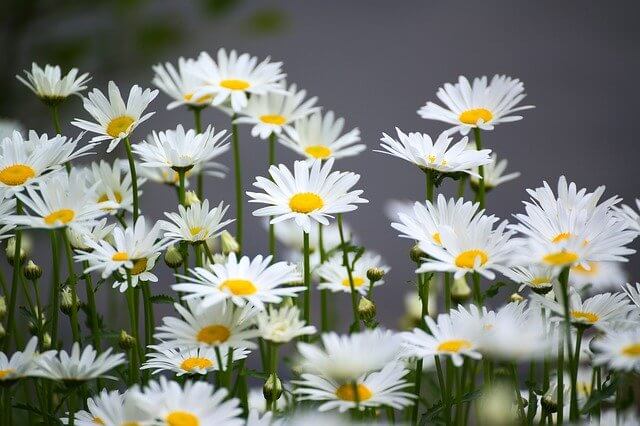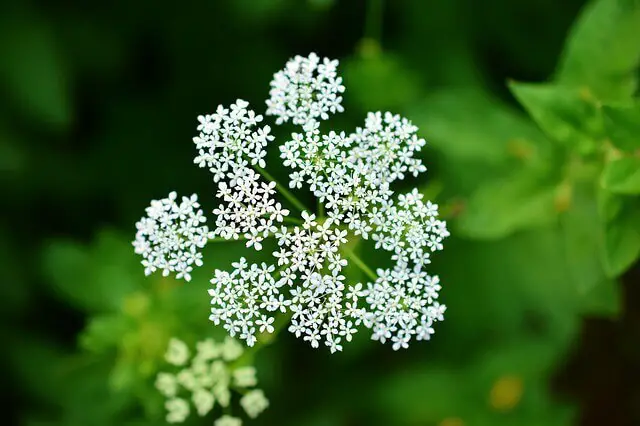8 Aromatic Culinary Herbs With Tiny White Flowers
The beauty of a garden is best expressed in the beauty of flowering herbs. You can grow them and enjoy their beauty at the same time. For example, in the kitchen garden, you can grow basil, chives, oregano, sage, and Rosemary to name a few. A herb garden theme helps you enjoy the beauty of flowering herbs and helps you incorporate them into your daily cooking.
In addition, by growing herbs in your garden you are being more earth friendly and minimizing your carbon footprint. As a matter of fact, growing them is a great activity that helps children learn about the importance of environmental protection. In addition, the beauty of flowering plants is best expressed in the landscape design theme.
A landscape design theme can be anything you want it to be from a natural landscape to an urban jungle. The beauty of flowers is so powerful that it is hard to resist decorating with landscape elements that include flowers or plants. Even though this is a simple thing to do, yet it has great impact on people.
Table of Contents
Italian Oregano
The dried leaves of Italian organs are smaller than that of the Greek oregano, so that they are quite easy to preserve and store for future use. Italian oregano is an attractive and fragrant plant, usually in pots or garden. It has pale green glossy foliage and small, dark purple flowers. It produces a mild aroma when ripe, although spicy and sour are often experienced with eating Italian oregano.
Growing Italian oregano in containers is an easy task, even for beginners to garden as long as they have all the basic gardening tools and information on how to take care of a plant. Even though you may be using Italian oregano for seasoning in your cooking, that doesn’t mean that you can’t take the time to look at these beautiful and fragrant plants and enjoy the wonderful aroma and flavor Italian oregano plants bring to your home.
Rosemary
Salvia rosmarinus, also known as Rosemary, is an aromatic shrub with evergreen, fragrant leaves and purple, pink, white, or red flowers, native to the Mediterranean area. It has become a favorite herb for culinary use and for cooking exotic dishes. Rosemary is often used in traditional Italian dishes such as pizza and pasta. It is also popular in barbecues and other outdoor gatherings. Rosemary is considered highly aromatic and flavorful.
Rosemary has several health benefits. It has been shown to be effective in treating irritable bowel syndrome and is helpful in promoting digestion and the absorption of nutrients in the diet. Rosemary also has anti-inflammatory and antiseptic properties and may help relieve congestion and relieve symptoms of bronchitis, rhinitis, and pneumonia. Rosemary grows very well as a landscape plant in many types of soil and container types. Rosemary can be grown in a variety of conditions from full sun to shade.
Basil
Basil, better known as great basil, is an evergreen flowering plant of the mint family (Lamiaceae), or the mint plant family. This fragrant herb originated in the Mediterranean area and is now naturalized in much of Central America. Basil has been used by many civilizations in the ancient world for its healing and culinary properties. It has a lemony fragrance and a taste that are close to mint but with a much milder aroma. Basil’s most-favored form is often added to marinades, either hot or cold, to give dishes a spicy flair.
Its delicate flavor can be extracted from the leaves, stems, and even the petals. Basil is a versatile herb with a wide variety of uses. This herb is cultivated mostly in sunny regions, and the most common way of cultivating is by growing them in pots on the garden soil. For instance, if you live in a location where there is limited space, you should opt for the compact varieties that do not grow too tall. On the other hand, if you live in a sunny or dry climate, you should consider planting basil in a large pot because the taller varieties tend to grow more lush and therefore are more attractive to look at.
Thyme
Thyme is a herb of the family of a number of members of the same genus Thymus of aromatic evergreen herbs in the mint families Lamiaceae. One of the most common uses of thyme is in the preparation of tea, though other uses as a herb include the preparation of tasty and nutritious sauce for stews, salads, soups, pasta dishes, desserts, breads, and pickles.
In addition, thyme has a delicious flavor when used as a spice. The oil from the leaves can be used to cook meats or as a vegetable oil, while the fresh herb is used to season all types of food. Thyme has a mild flavor and is a great addition to the recipe library of a home chef. To get your thyme to grow, you need to give it plenty of room and let it grow. It prefers fertile, well drained soil. If the soil is completely dry it will not grow good. Thyme grows best if it gets about four to six hours of sunlight each day.
Cilantro
Cilantro is an annual flowering plant in the mint family Apiaceae. Cilantro is considered to be a vital ingredient in Chinese and Indian traditional medicine, where it’s used to treat chest congestion, headaches, nausea, stomachaches, and sore throats. All other parts of the cilantro are generally edible, although the young leaves and the ground seeds are typically used in recipes.
You’ll find that cilantro comes in a variety of colors and flavors. Most commonly found in the green coloration of the stems and foliage, the green foliage of cilantro is prized for its mild, sweet taste. The best way to enjoy the full flavor of this herb is to dry it and then use it fresh (after it’s been spiced), mixed with juices from lemons or limes, or even a mixture of honey and lemon juice.
Wild Dill
Wild Dill has been used for medicinal and culinary purposes since ancient times. It has been credited with many health benefits, including pain relief for animals and humans, the antiseptic and demulcent properties, as well as the ability to prevent infection of wounds, stomach, and intestinal infections, and to speed the healing of existing wounds. Dill is primarily an annual herb, and though its fleshy taproot does not grow very deep, it is still a fairly large plant. Its light green leaves are bushy, dark green, and generally oval-in-shape, and the blooms, which range from white to purple to pink and yellow.
Dill needs fairly acidic soil to grow, and you will also need to make sure that your soil is well-drained. To make sure that your soil is properly drained, mix some limestone or chalk to the bottom of your container. This will prevent the roots of the herb from forming too deep and limiting the amount of water they can absorb. You can then add your Dill plant to your soil and give it about two weeks to start growing.
Roman Chamomile
Roman Chamomile is considered to be a low-growing perennial herb. This herb has been used since Roman times for its medicinal and calming properties. Plant care requirements are fairly simple because it is a slow-growing perennial that prefers full sun to partial shade. Plant it in a central area out of full sun, but protect it by planting it in a row of three, four, or five across the border of a structure like a gazebo, trellis, arch, or screen.
Do not over plant the Chamomile plant as it will grow to be too large for the area it is planted in. Plant it about six inches deep and make sure it gets full sun all year round. The blooms start out as purple blossoms and later turn to white flowers. These flowers have a strong odor, which is quite strong and pleasant smelling. The leaves start out green and then turn to a lovely blue color as they mature and produce beautiful blooms.
Yarrow
Yarrow is an annual herb native to Eurasia and now naturalized in North America. This deciduous perennial herb thrives best in full sunlight on a shady location. This plant is so named because it only blooms during the months of March to May every year, which makes it a very fast-growing plant. If you decide to grow one in your garden it will produce flowers in the month of June. There are many uses for the Yarrow plant. Some people use it for their home landscaping due to its ability to grow very quickly and easily in low fertile soil conditions.
It will grow up to three feet in height and can reach one and a half foot in diameter. Because of its rapid growth and low maintenance this plant is a highly desirable ornamental use for gardens in the North America, Southeast Asia, and Australia. The most important requirement for growing yarrow indoors is the right potting soil and the correct amount of watering. The plant likes a well drained, slightly moist but not soggy potting soil with lots of nutrients added.

